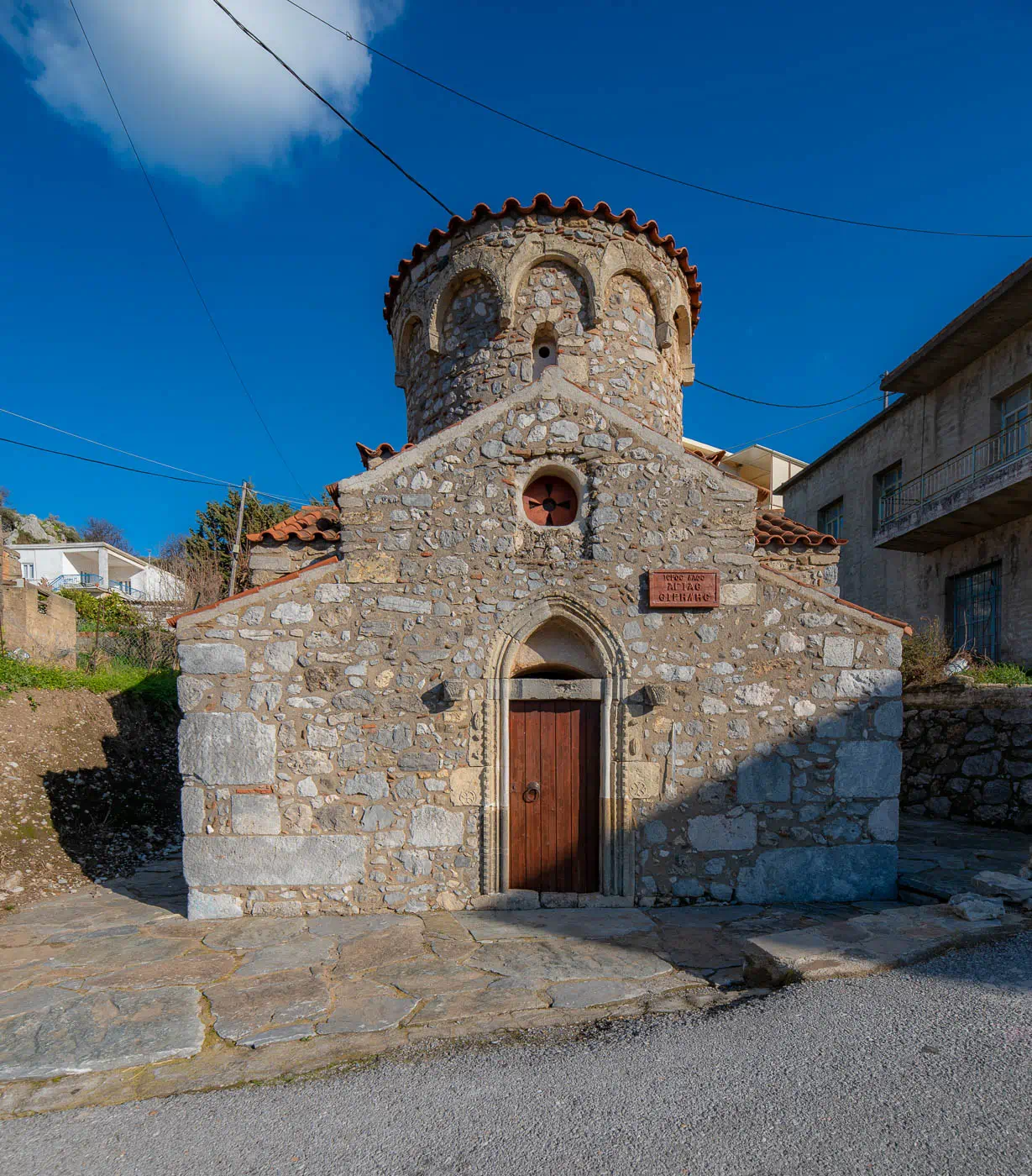
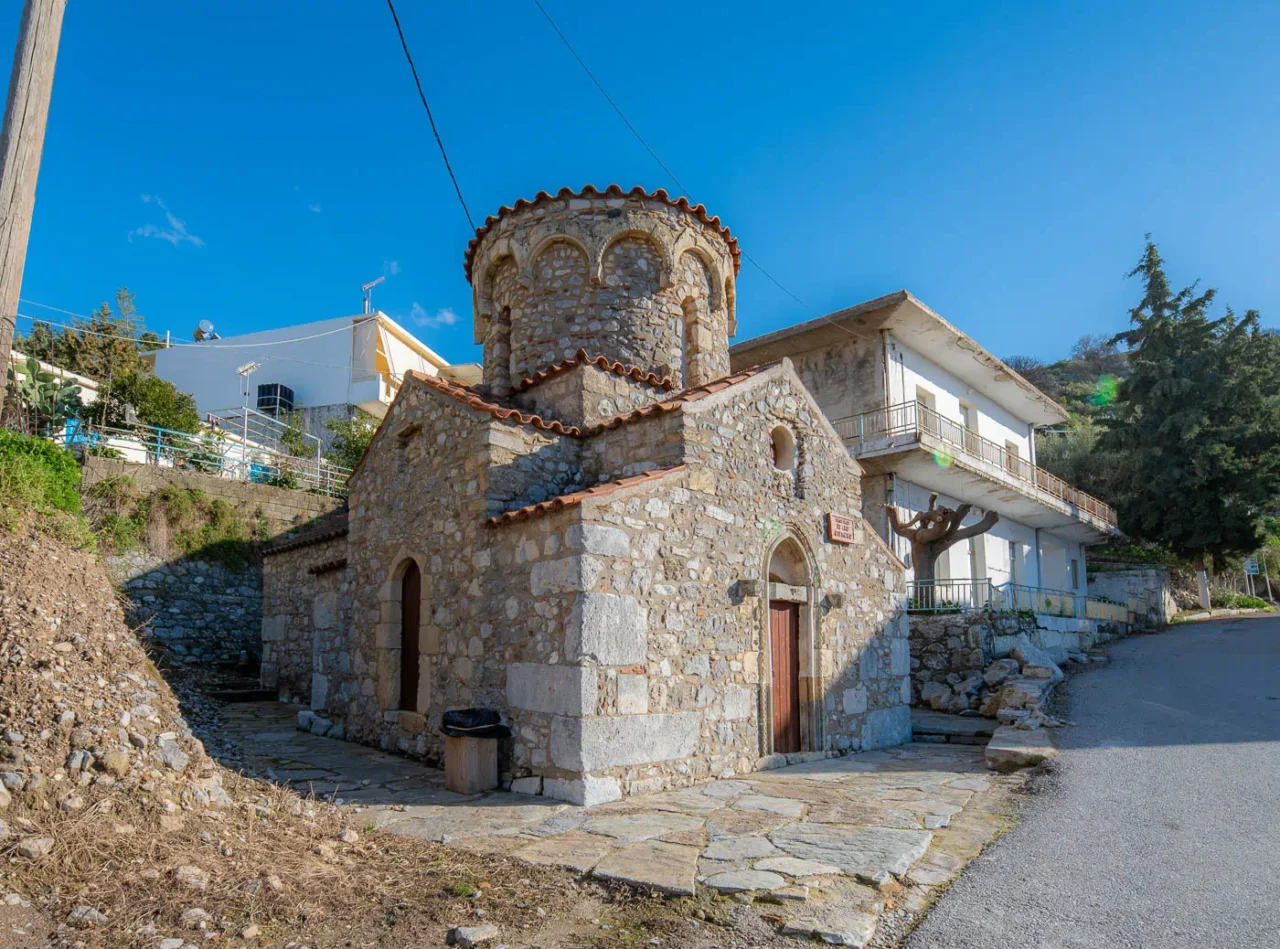
Agia Eirini Church stands as a testament to the rich Byzantine heritage of Axos village in Crete. Located within the village fabric, a short distance west of the hill of Ancient Axos, the church holds a significant place in the village’s historical landscape. Ancient Axos itself was a powerful city during the Greco-Roman period, flourishing well into the late Byzantine years.
Agia Eirini belongs to the architectural style of single-aisled barrel-vaulted churches with a dome. A narthex has been added to the west, enhancing the church’s structure. The dome is accentuated by a series of arches made of carved porous stone, resting on small columns. Dating back to the 14th century, the church’s interior preserves faint traces of its original frescoes, depicting scenes from the Christological cycle and individual saints, primarily in the eastern part of the church.
A unique feature of the church is the presence of a well at its rear. Local tradition holds that anyone attempting to enter the well meets with misfortune.
Construction Period
14th Century
Location
Axos village, Crete, Greece
Historical Significance
Agia Eirini Church is a representation of the Byzantine heritage in Axos and Crete. It offers insights into the religious practices and artistic expressions of the 14th century. The church’s frescoes, though faded, provide glimpses into the iconography and narratives that were important during that period.
Current Status
The church remains a place of cultural and historical interest. While the frescoes are not fully preserved, the structure itself stands as a reminder of the village’s Byzantine past.













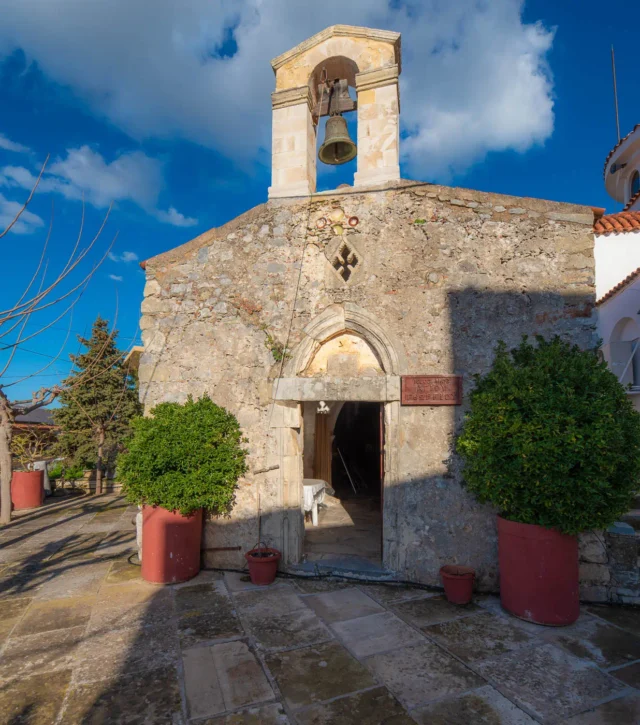

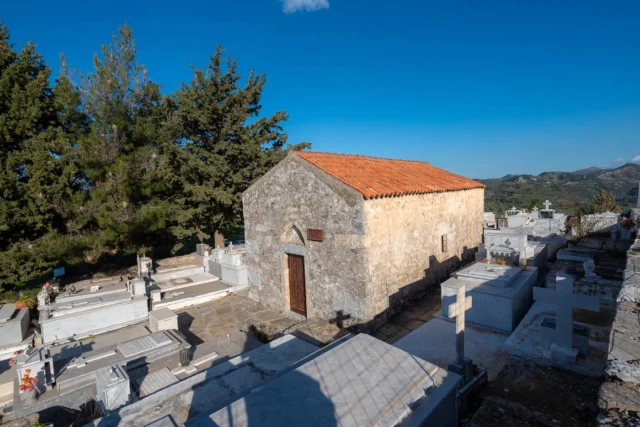

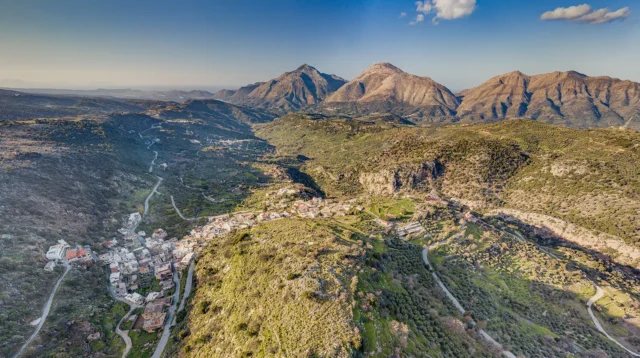



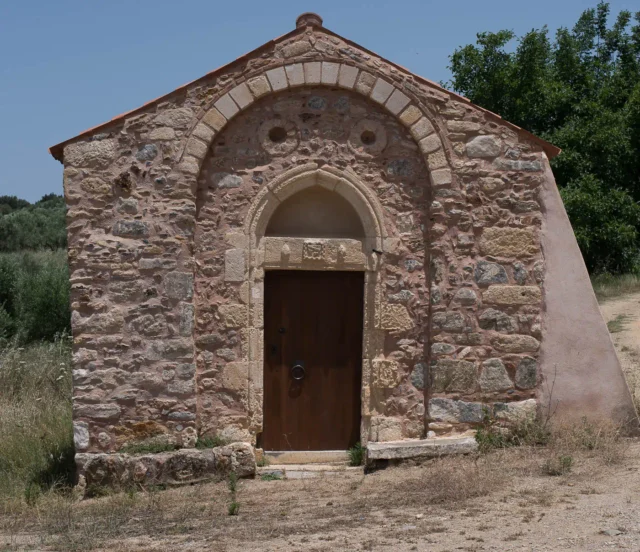
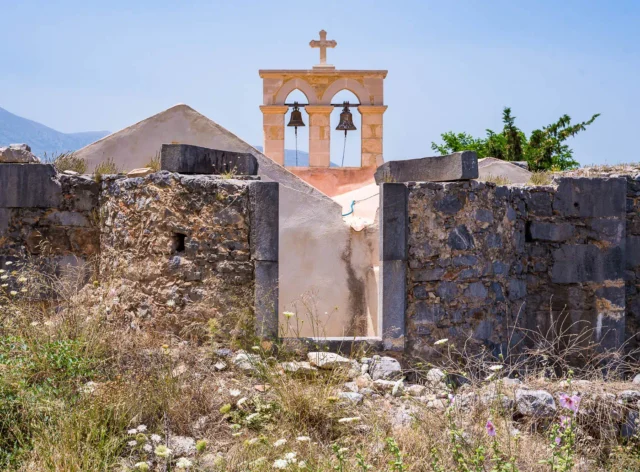
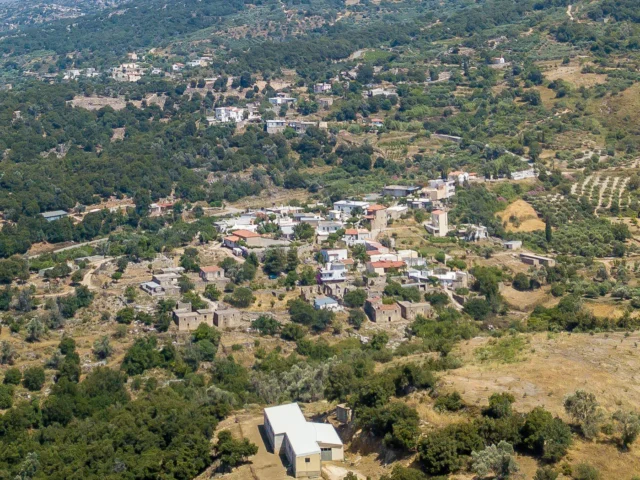



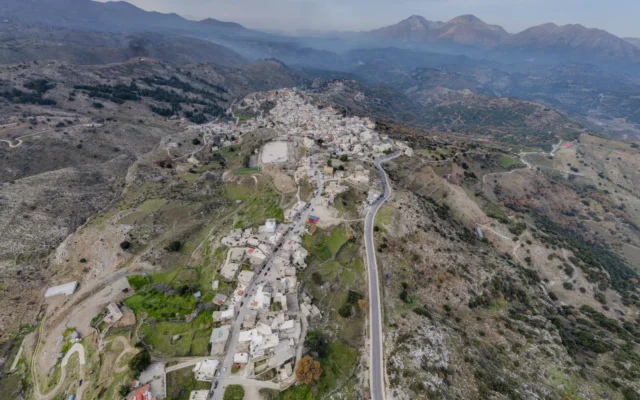
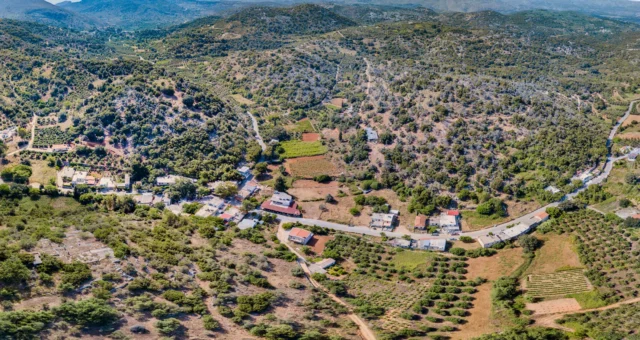

There are no comments yet.